Scholars study new methods for safer digging near jobsite buried utility lines
On the jobsite, buried utility lines pose a threat of serious injury or death to excavator operators; excavation mishaps can also lead to costly disruptions of essential services.
To reduce the threat these utility lines pose, Youngjib Ham, Texas A&M associate professor of construction science, is leading a team of researchers who are developing a remotely operated excavation system that features a new human-robot interface.
They’re also studying the development of better warning methods for buried utility lines on the jobsite.
Ham is conducting the study with a $1.4 million grant from the National Science Foundation. The funds are from the NSF’s Future of Work at the Human-Technology Frontier program, which provides grants to projects that include researchers in different fields who seek to advance society’s fundamental understanding of future work.
“Previous efforts to reduce the likelihood of excavation accidents have focused on providing additional information to workers via a visual display,” said Ham. “This approach can cause a cognitive ‘data overload’ problem that can reduce work performance and increase stress at work.”
In the project, Ham and his fellow researchers look to advance fundamental knowledge in “smart” construction and help augment work performance on the jobsite while reducing hazards to critical infrastructure systems that are essential in a functioning society.
The research team also includes Hangue Park, assistant professor of electrical and computer engineering; Jeonghee Kim, assistant professor of engineering technology and industrial distribution; Camile Peres, associate professor of public health; Mindy Bergman, professor of psychology and brain sciences, and Thomas Ferris, associate professor of industrial and systems engineering.


